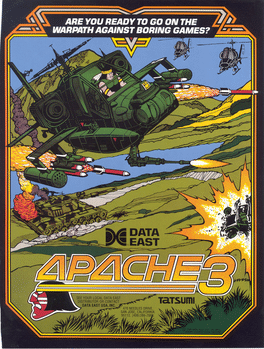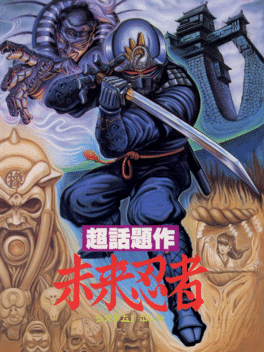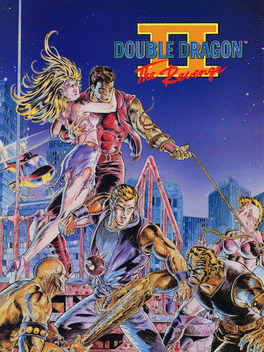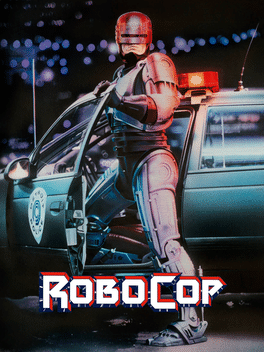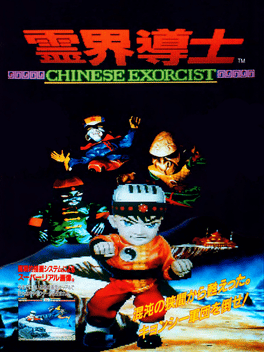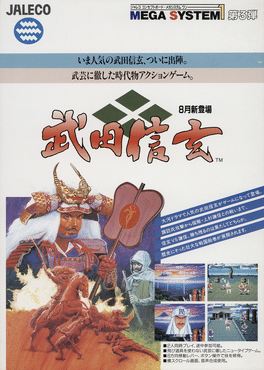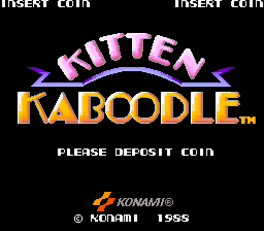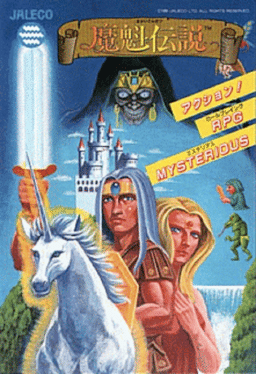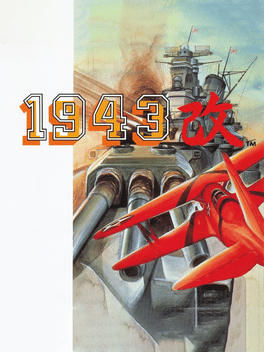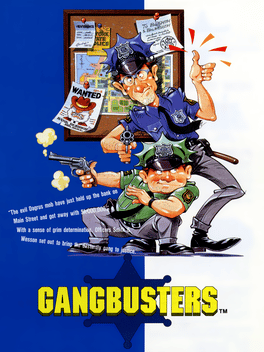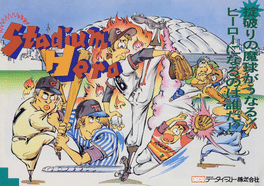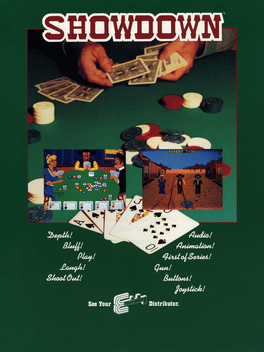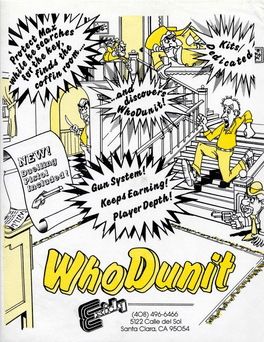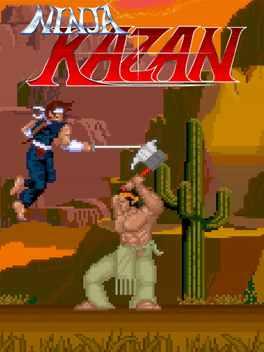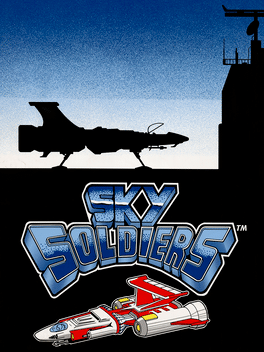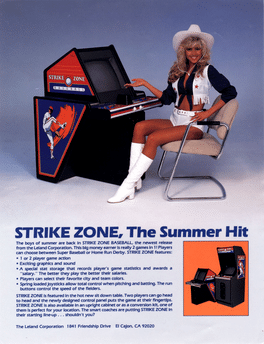New Arcade Games - Page 94
-
Apache 3
1988
-
Mirai Ninja
1988
Mirai Ninja
1988
Mirai Ninja was based on a Japanese movie of the same name, also produced by Namco. Both the game and the movie were released the same year. The plot of the movie: A man's body and soul are stolen and used as part of a demon castle. What's left becomes Cyber Ninja. He teams up with the chi students whose cyber-earmuffs show matching red symbols. They fill their swords with ammunition, grab some neo-retro-cyber-antique guns and attack the demon robot expendable ninja squad. Each fight is won by whichever side uses more gratuitous special effects. They slay the Tron-like hover droids, who are destroyed in their shame. There's a showdown with a white-armored guy with dreadlocks, who is later reincarnated by the eclipse and a lot of multicolored lightning. After killing the make-up wearing effeminate spider person, the chi school fires a giant gun at the demon castle spider cyber robot. It blows up. -
Double Dragon II: The Revenge
1988
star 7.7The original arcade version of "Double Dragon II" is essentially an improved version of the first game. The biggest change in the game's controls are in the replacement of the original's punch and kick buttons with two directional-based attack buttons (Left Attack and Right Attack) similar to Renegade. Pressing the attack button of the player's current direction will do a standard series of punches, while pressing the opposite attack button will perform a back kick. A few new moves are added as well, including a Hurricane Kick. Like in the original game, the arcade version of Double Dragon II is divided into four missions: a heliport, a lumber storehouse, a wheat field, and the new hideout of the boss. Each stage has its own boss character with his own theme. After defeating Willy (the final boss from the original game) in the fourth stage, the player will confront a double of their own character for the game's final battle. If two players reach the end together, then both will each to have to face their own clone -
RoboCop
1988
-
Reikai Doushi
1988
Reikai Doushi
1988
Reikai Doushi: Chinese Exorcist (Priest of the Spirit World: Chinese Exorcist), released outside Japan as Last Apostle Puppet Show, was an arcade fighting game released by Home Data in 1988. This was the first fighting game to use digitized sprites, motion capture animation, and claymation. -
P.O.W.: Prisoners of War
1988
star 6.8The arcade version of Prisoners of War can be played by up to two players simultaneously, In La Havana, Cuba Player 1 controls a prisoner dressed in blue named Snake, while Player 2 controls one in red named Bart. The objective is to escape from the enemy's base by fighting their way through four stages filled with numerous soldiers trying to impede the player's escape. The stages consist of a POW camp, a warehouse, a jungle, and the enemy's base. Enemies includes foot soldiers, commandos, and green berets. The controls consists of an eight-way joystick for moving the character and three action buttons for punching, kicking, and jumping. here are also three special attacks performed by pressing two buttons in combination: a jump kick (jump, and then kick), a back punch (jump and punch simultaneously), and a headbutt (punch and kick simultaneously). The player can also pick up one of two weapons dropped by defeated enemies: a throwing knife and a machine gun. When wielding the machine gun, the player can fire it b -
Kitten Kaboodle
1988
-
Legend of Makai
1988
Legend of Makai
1988
Legend of Makai is an action/adventure platformer based in a fantasy setting. The player controls a young warrior whose quest is to rescue a princess from an evil wizard. The warrior starts off with only a sword, but can purchase other weapons and magical items from shops. The gameplay consists finding one's way through non-linear levels, using keys to open doors and killing or avoiding various enemies. The player has a fixed amount of time to complete each level. -
1943 Kai: Midway Kaisen
1988
star 6.8This updated version was released exactly one year after the original game's debut. 1943 Kai is an enhanced, "wild" version of 1943 that was made only available in Japan under the name 1943 Kai: Midway Kaisen (or 1943改: ミッドウェイ海戦). Most of the graphics and sounds have been reworked, the weapons have been made more extreme and some fairly strange things (laser-firing WWII planes and ships that run on ground) have been added. The trademark P-38 has been replaced with a biplane, the Boeing-Stearman Model 75. -
Gang Busters
1988
Gang Busters
1988
The evil Dagrus mob have just held up the bank on Main Street and got away with $1,000,000! With a sense of grim determination, officers Smith and Wesson set out to bring the dastardly gang to justice. Collect criminals while gunning down hundreds of others in this top-down shooter from Konami. -
Stadium Hero
1988
-
Showdown
1988
-
Who Dunit
1988
-
Ninja Kazan
1988
-
Sky Soldiers
1988
Sky Soldiers
1988
A vertical-scrolling shoot-em-up where the player controls a plane flying over a landscape with no land-based enemies. Collect power-ups to upgrade your ship's speed, shot power and special weapon power selected at beginning of the stage. Fight through different time zones and locations, each with a large boss aircraft. -
Strike Zone Baseball
1988
Strike Zone Baseball
1988
A two-player baseball game where each player bats and pitches against the other team. -
Super Real Mahjong PIII
1988
Super Real Mahjong Part 3 (or Super Real Mahjong PIII) is an mahjong video game developed and published by SETA Corporation and released for arcades on June 1988 in Japan only and it is the third game of the Super Real Mahjong series. -
Power Surge
1988
Power Surge
1988
You are a spark trying to destroy resistors and enemy sparks. Try to complete the circuit so as to move on to the next level.
